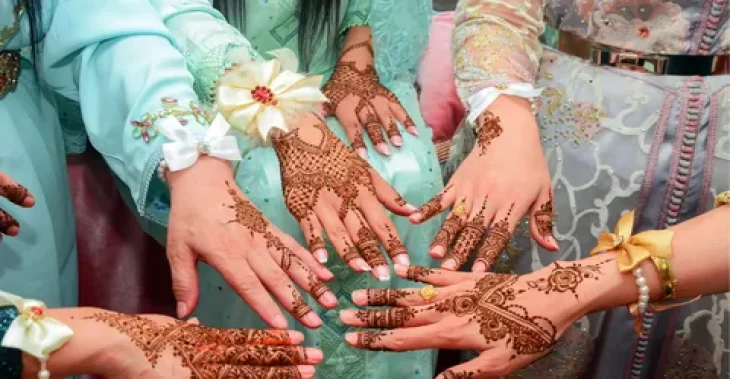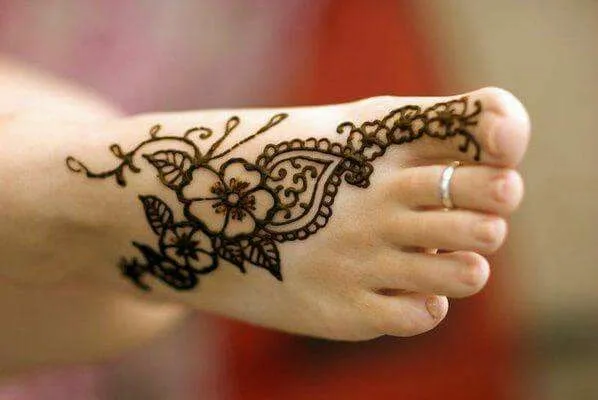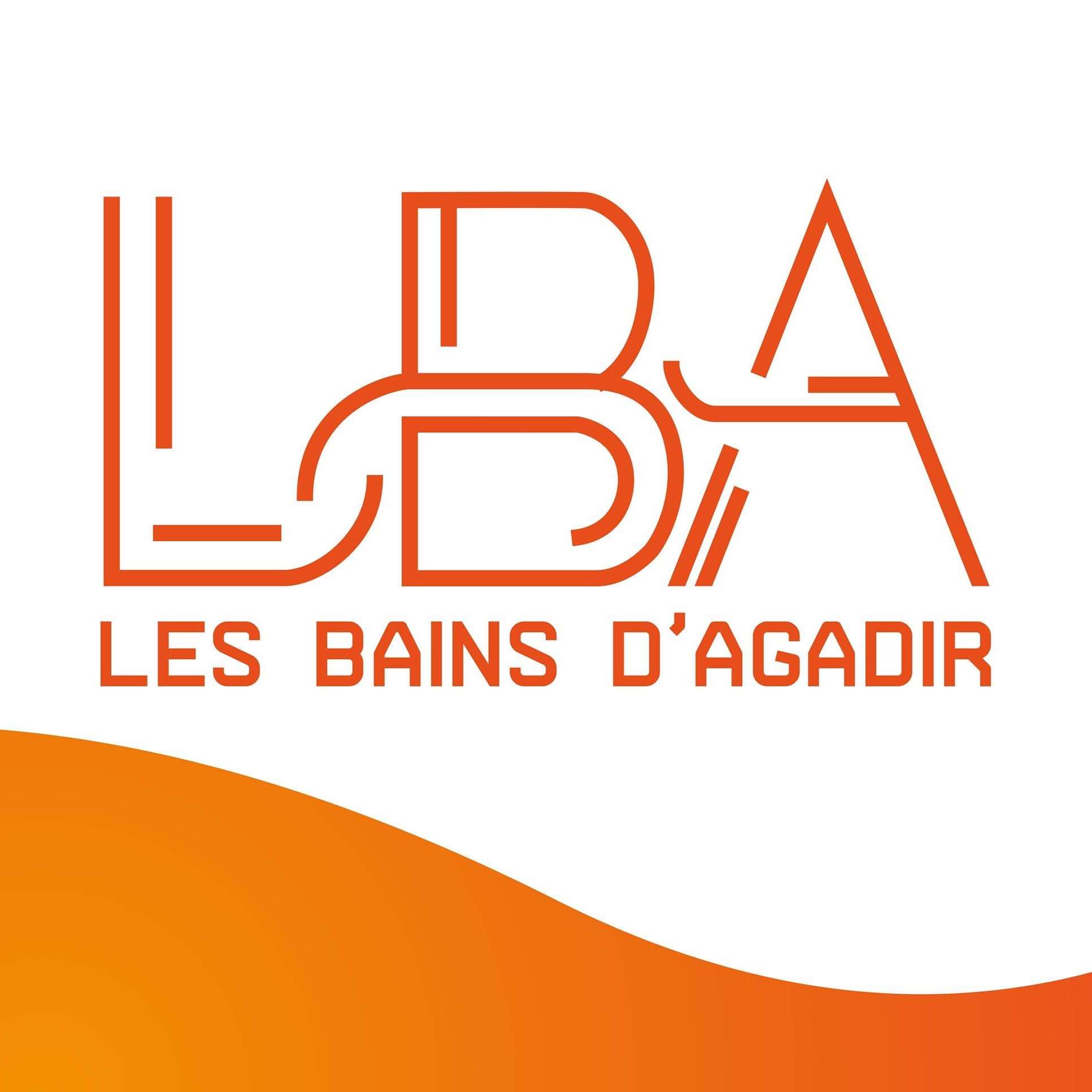
Moroccan Henna Symbolism: Unlocking the Mysteries of an Ancient Art
Moroccan Henna Symbolism: Unlocking the Mysteries of an Ancient Art
Introduction
Welcome to a captivating journey into the world of Moroccan henna symbolism. In the heart of Morocco’s vibrant culture lies a time-honored tradition of adorning the body with intricate henna designs. These beautiful patterns are not mere decorations but a profound language of expression, carrying deep meanings and cultural significance. In this article, we will explore the enchanting symbolism behind Moroccan henna, its origins, its role in celebrations, and the messages it conveys. Join us as we unravel the mysteries and immerse ourselves in the rich heritage of Moroccan henna art.
Key Takeaways
- Moroccan henna is a centuries-old tradition that holds deep cultural significance in the country.
- It symbolizes blessings, good fortune, love, and cultural identity.
- Moroccan henna designs feature a variety of symbols and motifs, such as floral patterns, geometric shapes, vines, paisley designs, handprints, and triangles.
- Henna is commonly applied during weddings, births, religious festivals, and other joyous occasions.
- The color of henna is typically reddish-brown, but variations can be achieved by mixing natural ingredients.
- Henna is temporary and can last up to three weeks, depending on various factors.
- Both men and women in Morocco participate in henna traditions, with men often opting for simpler and bolder designs.
- Moroccan henna is not limited to Morocco but has gained global appeal as a form of self-expression and celebration.
What Does Moroccan Henna Symbolize?
In the vibrant tapestry of Moroccan culture, henna holds a significant place as an ancient form of body art. This centuries-old tradition carries deep symbolism and cultural meaning. Moroccan henna, known for its intricate designs and rich symbolism, is not merely an aesthetic embellishment but a language of expression. Let us delve into the fascinating world of Moroccan henna and explore the meanings it embodies.
Origins and Cultural Significance
Henna, scientifically known as Lawsonia inermis, has been utilized for artistic and ceremonial purposes for over 5,000 years. In Morocco, the application of henna is closely associated with joyous celebrations and major life events such as weddings, births, and religious festivals. Its deep-rooted significance extends beyond adornment, embodying blessings, protection, and cultural identity.

Blessings and Good Fortune
Moroccan henna symbolizes blessings and good fortune. The application of henna is believed to bring luck and ward off evil spirits. Intricate patterns featuring geometric shapes, floral motifs, and symbols are meticulously drawn on the skin, representing protection and the showering of blessings upon the wearer.
Celebrating Love and Marriage
Weddings in Morocco are incomplete without the presence of henna. The bridal henna ceremony, known as « Mehndi Night, » is a cherished tradition where the bride’s hands and feet are adorned with elaborate henna designs. The symbolism behind this ritual is multi-fold. It signifies beauty, fertility, and the eternal bond between spouses. Moreover, henna designs often incorporate the initials or names of the couple, representing their union.
Cultural Identity and Heritage
Moroccan henna embodies the rich cultural heritage of the country. The patterns and motifs used in henna designs are influenced by the diverse traditions and tribes across Morocco. From the bold and geometric motifs of the Berber people to the delicate floral patterns inspired by the Andalusian influence, each design tells a story and reflects the unique identity of its wearer.
Symbolism in Henna Designs
The intricate patterns and symbols in Moroccan henna designs hold profound meanings. Here are some commonly used elements and their symbolism:
- Floral Motifs: Flowers symbolize beauty, femininity, and fertility. They evoke a sense of vitality and blooming love.
- Vine Patterns: Vines signify growth, harmony, and prosperity. They represent the continuous cycle of life and the interconnectedness of all things.
- Paisley Patterns: Known as « boteh » in Persian, the paisley symbolizes eternity and eternal love. It is often featured prominently in bridal henna designs.
- Handprints: Handprints, also known as « khamsa » or the Hand of Fatima, represent protection against evil spirits and the hand of God watching over the wearer.
- Triangles: Triangles embody balance and stability. They symbolize the harmony between mind, body, and spirit.
Modern Interpretations and Global Appeal
While Moroccan henna has deep roots in traditional customs, it has also found a place in the contemporary world. Henna has gained popularity globally as a form of temporary body art. Many individuals, irrespective of their cultural background, embrace henna as a means of self-expression and celebration.
Online Resources for Moroccan Henna
For those seeking to delve deeper into the art of Moroccan henna, the following websites provide valuable information, design inspirations, and tutorials:
- Moroccan Henna Art: This website offers a comprehensive guide to Moroccan henna, including its history, symbolism, and techniques.
- The Henna Page: A treasure trove of henna knowledge, this website provides a wealth of resources, from design galleries to forums where henna enthusiasts can connect and share their experiences.
- Henna by Heather: Heather Caunt-Nulton, a renowned henna artist, shares her expertise through tutorials, workshops, and a gallery of her stunning henna creations.
- Henna Sooq: This online store not only offers high-quality henna products but also provides educational resources and tutorials for henna enthusiasts of all skill levels.
Unlocking the Beauty and Symbolism of Moroccan Henna
Moroccan henna is a captivating art form that encapsulates the essence of Moroccan culture and traditions. Beyond its aesthetic appeal, it symbolizes blessings, love, and cultural identity. The intricate designs and motifs tell stories and convey profound meanings. Whether you are an admirer, a bride-to-be, or someone seeking self-expression, Moroccan henna offers a rich tapestry of symbolism waiting to be explored and celebrated.
FAQ: Moroccan Henna Symbolism
1. What are the different colors of henna and what do they symbolize?
Henna is commonly associated with its reddish-brown color, which is the natural stain produced by the dye. However, henna can be mixed with other natural ingredients to create different shades. Black henna, for example, is achieved by adding indigo or other dyes. The color of henna does not carry specific symbolism in Moroccan culture. Instead, it is the intricate designs and motifs that hold meaning and convey symbolism.
2. Are there any specific symbols or motifs that are traditionally used in Moroccan henna designs?
Yes, Moroccan henna designs often feature specific symbols and motifs. These include geometric shapes, floral patterns, vines, paisley designs, handprints, and triangles. Each of these elements carries its own symbolism. Geometric shapes represent harmony and balance, while floral motifs symbolize beauty and fertility. Vines signify growth and prosperity, while handprints symbolize protection. Paisley designs represent eternal love, and triangles embody balance between mind, body, and spirit.
3. Is Moroccan henna only used for weddings, or are there other occasions where it is applied?
While Moroccan henna is closely associated with weddings, it is not limited to this occasion. It is also applied during other joyous celebrations such as births, religious festivals like Eid, and other significant milestones in life. Moroccan women may also adorn their hands with henna for personal celebrations or as a form of self-expression.
4. Can men also wear Moroccan henna designs?
Yes, Moroccan henna is not exclusively for women. Men in Morocco also participate in henna traditions, although it may be less common than among women. Men may have henna applied during weddings or other cultural celebrations. The designs for men are usually simpler and bolder, often featuring geometric patterns or symbols that reflect masculinity and strength.
5. Does the placement of henna on the body have any significance?
The placement of henna on the body can vary depending on personal preference and cultural traditions. In Moroccan henna, the most common areas for application are the hands and feet, particularly the palms and soles. These areas are believed to have stronger connection to the spiritual realm and are considered auspicious. However, henna can also be applied to other parts of the body, such as the arms, legs, or even the back, depending on individual choice and the occasion.
6. How long does Moroccan henna typically last?
The longevity of a henna stain depends on various factors, including the quality of the henna paste, the skin type, and the care taken to maintain the design. In general, Moroccan henna stains can last anywhere from one to three weeks. The color will gradually fade as the skin naturally exfoliates over time. To prolong the lifespan of the henna design, it is recommended to avoid excessive washing or scrubbing of the area and to moisturize the skin regularly.
7. Are there any specific rules or customs associated with Moroccan henna application?
In Moroccan culture, the application of henna is often a social event filled with rituals and customs. It is common for close friends and family members to gather and participate in the henna application process together. The atmosphere is festive, with music, dancing, and celebrations. It is also customary for the bride to keep the henna design hidden until the wedding day, adding an element of surprise and anticipation.
8. Can I create my own Moroccan henna design, or are there traditional patterns that should be followed?
While there are traditional patterns and symbols associated with Moroccan henna, there is also room for personal creativity and expression. Many henna artists draw inspiration from traditional designs and add their own unique touches to create customized patterns. If you are interested in creating your own Moroccan henna design, you can incorporate elements that hold personal significance or explore variations of traditional motifs to make it uniquely yours.
9. Can henna cause any allergic reactions or skin irritations?
Henna is generally considered safe and well-tolerated by most individuals. However, there is a small percentage of people who may experience an allergic reaction to henna. It is important to ensure that the henna paste used is made from natural ingredients and does not contain any harmful additives. Conduct a patch test on a small area of skin before applying henna to a larger area to check for any adverse reactions. If you have a known allergy to plants or dyes, it is advisable to consult with a dermatologist before using henna.
10. Can I remove a henna design if I want to get rid of it?
Henna is a temporary form of body art, and the stain will naturally fade over time. However, if you wish to remove a henna design more quickly, there are a few methods you can try. Applying a mixture of lemon juice and sugar to the design and gently scrubbing it with a soft cloth can help lighten the stain. Additionally, soaking the area in warm water and gently exfoliating with a loofah or a gentle scrub can also help fade the henna more quickly. It is important to note that these methods may vary in effectiveness depending on individual factors, and it is advisable to be gentle and patient when attempting to remove a henna design.
Conclusion
Moroccan henna is a captivating art form that transcends mere aesthetics. It carries within it the stories, traditions, and cultural heritage of Morocco. From its origins as a symbol of blessings and protection to its role in celebrating love and marriage, Moroccan henna weaves a tapestry of meaning and beauty. The intricate designs and symbols have the power to communicate messages of joy, fertility, and the interconnectedness of life. Whether you are an admirer of this ancient art, a bride-to-be embracing tradition, or someone seeking a unique form of self-expression, Moroccan henna offers a glimpse into the depths of Moroccan culture and an opportunity to celebrate the beauty and symbolism it embodies.


